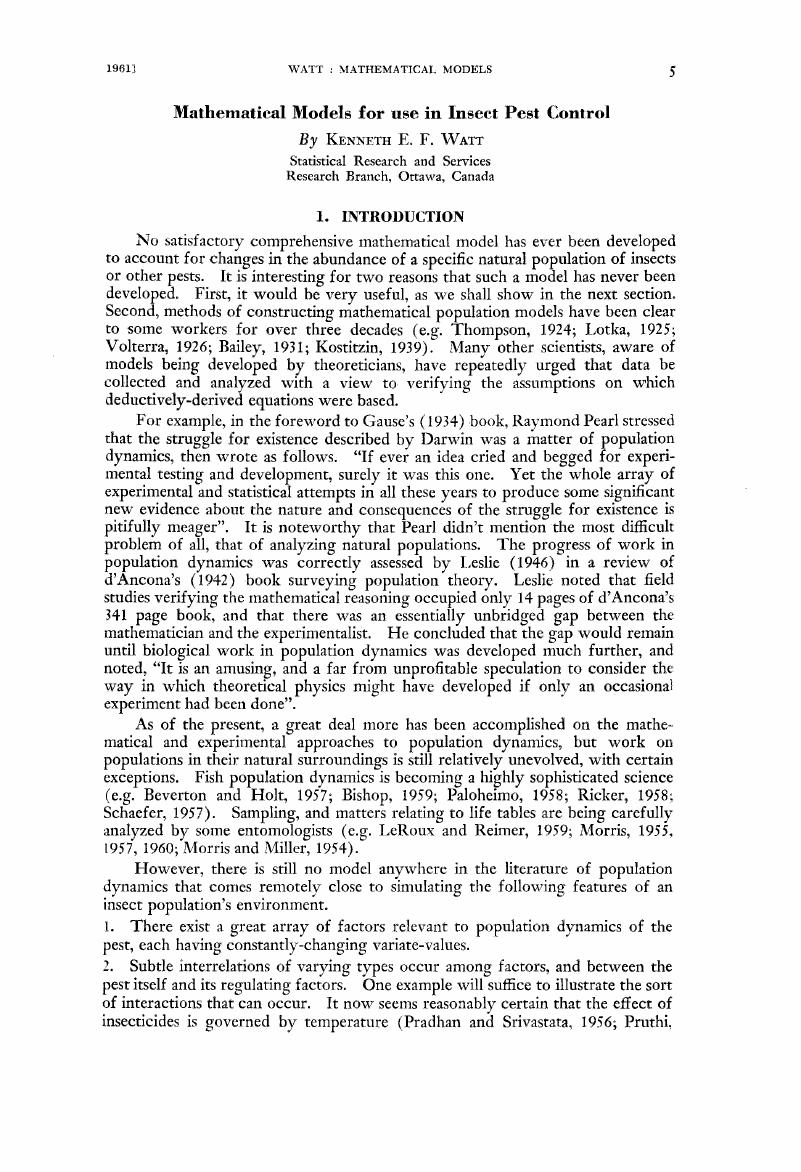Crossref Citations
This article has been cited by the following publications. This list is generated based on data provided by Crossref.
GARFINKEL, DAVID
1962.
Digital Computer Simulation of Ecological Systems.
Nature,
Vol. 194,
Issue. 4831,
p.
856.
Slobodkin, L.B.
1962.
Advances in Ecological Research Volume 1.
Vol. 1,
Issue. ,
p.
69.
Milne, A.
1962.
On a theory of natural control of insect population.
Journal of Theoretical Biology,
Vol. 3,
Issue. 1,
p.
19.
Kuno, Eizi
1973.
Statistical characteristics of the density‐independent population fluctuation and the evaluation of density‐dependence and regulation in animal populations.
Population Ecology,
Vol. 15,
Issue. 2,
p.
99.
Streifer, William
1974.
Advances in Ecological Research Volume 8.
Vol. 8,
Issue. ,
p.
199.
Mazurczyk, Wojciech
Drobniak, Szymon
and
Moore, Sean
2016.
Combatting Cybercrime and Cyberterrorism.
p.
17.
Wu, Fengnian
Qureshi, Jawwad A
Huang, Jiaquan
Fox, Eduardo Gonçalves Paterson
Deng, Xiaoling
Wan, Fanghao
Liang, Guangwen
and
Cen, Yijing
2018.
Host Plant-Mediated Interactions Between ‘Candidatus Liberibacter asiaticus’ and Its Vector Diaphorina citri Kuwayama (Hemiptera: Liviidae).
Journal of Economic Entomology,
Mamo, Dejen Ketema
Bedane, Dejene Shewakena
and
Simos, Theodore E.
2021.
Modelling the Impacts of Early Intervention on Desert Locust Outbreak Prevention.
Journal of Applied Mathematics,
Vol. 2021,
Issue. ,
p.
1.
Mamo, Dejen Ketema
and
Bedane, Dejene Shewakena
2021.
Modelling the effect of desert locust infestation on crop production with intervention measures.
Heliyon,
Vol. 7,
Issue. 7,
p.
e07685.
Broadhead, Geoffrey T
Higbee, Bradley S
and
Beck, John J
2025.
Evaluating the use of in‐season measures of pest abundance to predict end‐of‐season damage: a study in commercial almond (Prunus dulcis).
Pest Management Science,
Vol. 81,
Issue. 3,
p.
1324.
Hamdallah, Soliman A. A.
2025.
Dynamics analysis of Filippov pest control model with two economic thresholds.
Dynamical Systems,
Vol. 40,
Issue. 1,
p.
165.


